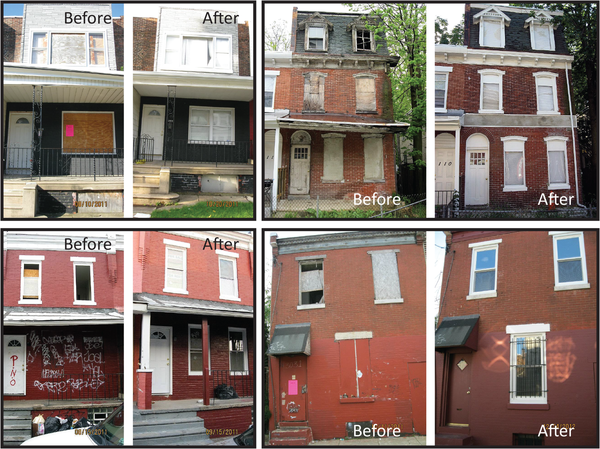A new study shows neighborhood factors that limit the amount of physical activity children get outside of school. The research, conducted by UPenn PRC Director Karen Glanz and others, examined two urban regions in the United States (San Diego and Seattle). They found that safety and walkability affect the amount of moderate to vigorous physical activity (MVPA) that children participate in outside of school. Other important factors include parents’ views on transit access, traffic safety, and crime in their respective neighborhoods. The United States government proposes that 60 minutes of moderate to vigorous physical activity is necessary for children age six to eleven. However, while children within these age groups do end up achieving this amount of activity, there is, unfortunately, a steep drop in MVPA once these children reach adolescence, so investigators emphasize the importance of studying factors that affect children and adolescents’ MVPA.
Acknowledging and changing the multitude of factors that influence children’s MVPA may be the key to increasing healthy behaviors, such as physical activity, outside of school. Research that identifies factors that support higher MVPA can also inform policy-makers when zoning laws come into question.
Read the article here.
Kurka J, Adams M, Todd M, Colburn T, Sallis J, Cain K, Glanz K, Frank L, Saelens B. Patterns of neighborhood environment attributes in relation to children’s physical activity. Health & Place, July 2015, 34:164-170.


